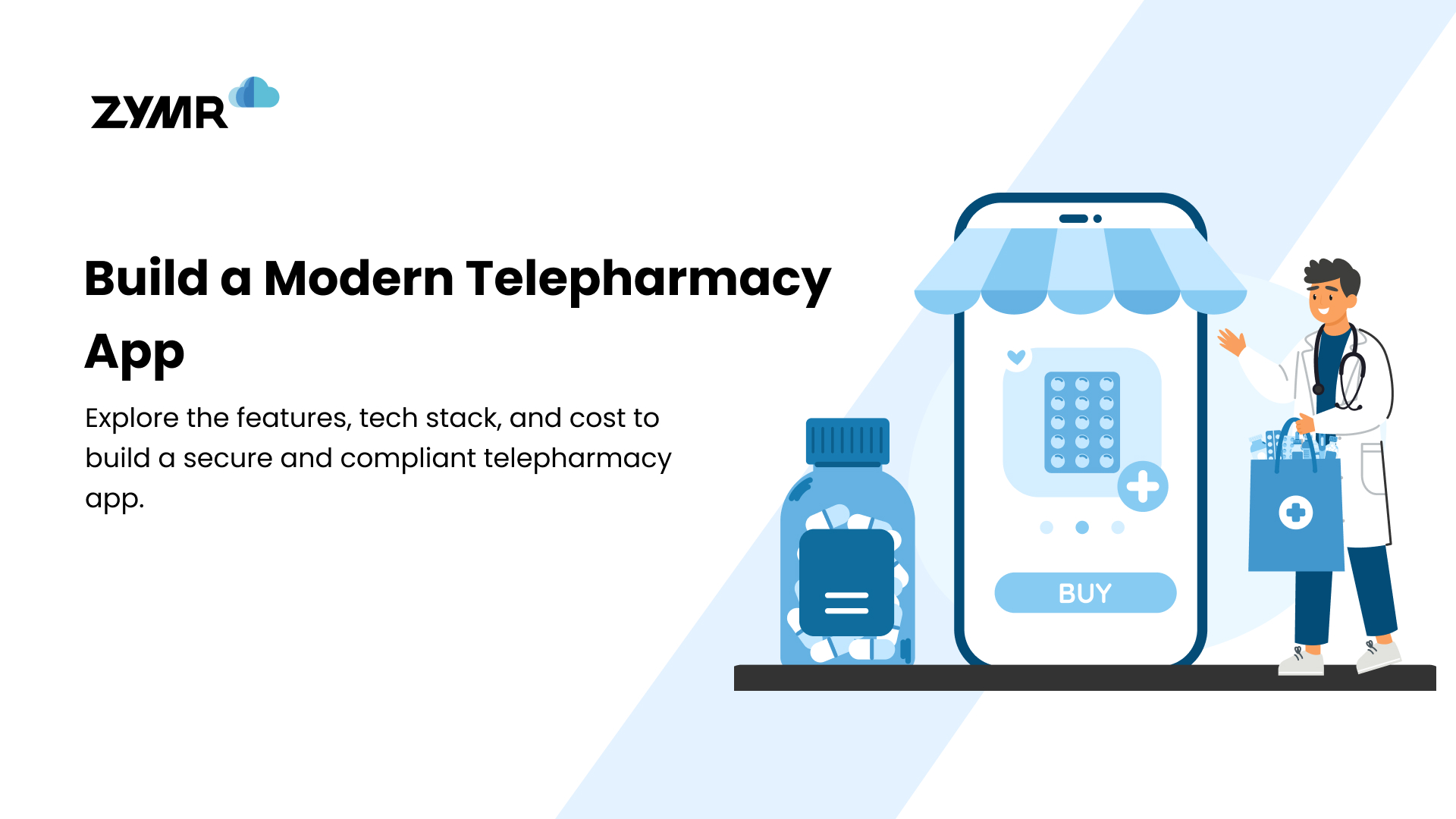What You Need To Know About Hybrid Cloud: Orchestration And Security Considerations

August 4, 2024
Cloud Technology
Businesses have started seeking hybrid structures as it combines the power of the on-premise cloud and the potential of third-party public cloud services with hybrid cloud orchestration platforms. The hybrid strategy has caught the momentum due to its ability to inject agility and amplify the scope of efficiency and flexibility to manage digital assets. For successful cloud management, businesses need to focus on a solution framework, otherwise known as orchestration. It should focus on the security concerns arising from the shift towards hybrid to get the best out of the cloud technology. This blog will discuss hybrid cloud orchestration and security considerations that need to be addressed when moving to the hybrid structure.
Introduction to Hybrid Cloud Orchestration
Hybrid cloud computing solutions are gaining tremendous traction lately. Just like devising a hybrid strategy requires calculated planning, the journey to a hybrid cloud is equally challenging and imperative as there are several roadblocks on the way. A well-framed hybrid cloud strategy should focus on the set of processes. When these processes are integrated, it becomes a ‘cloud orchestration framework’. These processes include analyzing different cloud providers with respective strengths, understanding requirements and goals, identifying the best solutions, adhering to onboarding procedures, and continuously monitoring current and newly deployed services. The hybrid cloud develops a level of abstraction that orchestration platforms have to accommodate, amidst the resources that cater to the private and public infrastructure. Hybrid cloud orchestration incorporates a broad purview of the entire IT environment and necessary actions based on it. In a hybrid cloud, the orchestration tools should identify places to deploy the instance considering factors like cost, security, performance, and availability demands. A standard stack or framework for orchestrating a hybrid cloud includes a few levels. The primary level comprises local and public cloud resources along with the networks requiring orchestration. The secondary level includes hypervisors and container engines. The tertiary layer includes private cloud software. The last level incorporates hybrid cloud orchestration tools where the teams can install these tools locally or deliver them as a managed service.
Security Considerations and Concerns in Hybrid Cloud
Hybrid cloud security is set to take center stage as businesses adopt varied approaches to choose hybrid structures. Establishing a robust security structure requires a thorough understanding of opted cloud service models such as IaaS, PaaS, or SaaS, the sensitivity of the IT assets migrated to the cloud, and the security expertise of the CSP. Businesses aspiring to take hybrid initiatives should think about the desired level of control to ensure end-to-end security of the cloud architecture. The desired level of control depends on the importance of the assets and data to be moved to the cloud. It is imperative to manage the described mix of cloud environments by solidifying security measures but without losing control. There are various issues and topics that need to be addressed to ensure a robust cloud security posture.
Focus on Data in Motion and Data at Rest
Businesses should assist cloud service providers (CSPs) in developing secure interfaces and strengthening the security of data exchanged between corporate infrastructure and public cloud infrastructure. Cutting-edge cloud security approaches and encryption solutions are required to manage access management, protect data at rest, and data stored in the cloud from unauthorized access and malpractices. Apart from this, a succinct agreement between businesses and CSPs is imperative to have a strong understanding of where the data will get stored. Maintain data security through HTTPS, SFTP, or routing all the connections from and to the CSP.
Visibility and Cloud Service Brokerage
Businesses need to ensure the visibility of their public cloud resources. Corporates must enhance their ability to analyze the aspects related to security. More reliable and sophisticated visibility provides a complete overview of cloud security in real-time. Multiple public clouds need attention to ensure that businesses have comprehensive knowledge and understanding of every public cloud service that it uses. Cloud Service Brokerage occurs when either an internal team or an external third party plays a mediator between the user of the cloud and CSPs. Businesses can analyze whether it would give rise to new security issues, or strengthen security by forming a firm security policy with the brokerage.
Looking for Top-Notch Cloud Computing Solutions Partner for your Business?
Standardize the platforms, revolutionize business models, and automate operations with our power-packed cloud computing solutions. Reduce IT redundancies, enhance productivity, optimize resource requirements, and experience some of the most excellent services of AWS, Azure, and GCP. As your trusted cloud consultant, we can help you define a future-state cloud business model in which our cloud solutions intertwine the intelligence and automation capabilities to provide services efficiently, effectively, and securely at a cloud-scale. Transform your traditional IT framework and extend the core of your applications with our ‘domain driven design’ to cloud computing solutions. Contact our team today!
Conclusion
FAQs
>
>
>
>
>
Have a specific concern bothering you?
Try our complimentary 2-week POV engagement
Our Latest Blogs








.svg)
.svg)
.svg)
.svg)
.svg)
.svg)
